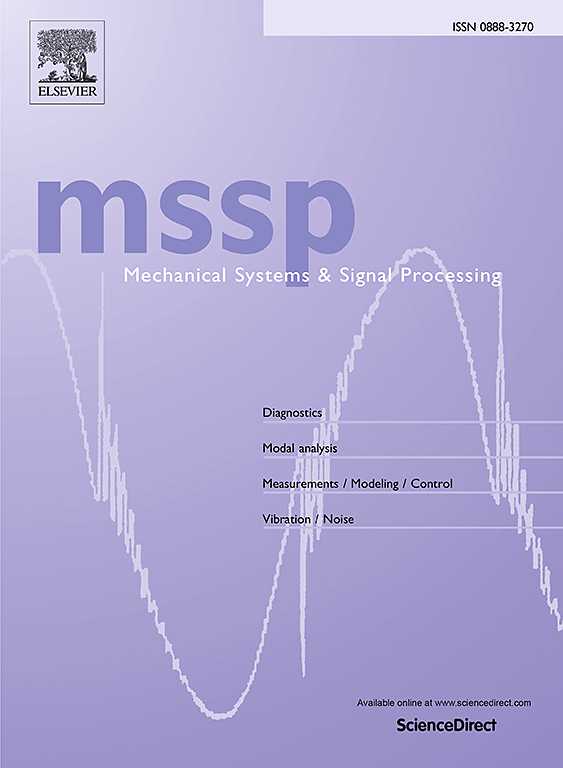A model predictive control method for 7-DoF tower cranes with distributed mass payloads and variable rope lengths
IF 7.9
1区 工程技术
Q1 ENGINEERING, MECHANICAL
引用次数: 0
Abstract
Existing research on tower cranes mainly focuses on single pendulum and double pendulum models with point mass payloads. However, in the hoisting and transportation of large payloads, such as rockets, bridge boxes, and structural steel materials, the volume and shape of the payloads cannot be ignored. These characteristics introduce complex dynamic behaviors and make it challenging to directly apply existing control methods. Inspired by the above considerations, this paper presents a model predictive control (MPC) method for 7-degrees-of-freedom (DoF) tower cranes with distributed mass payloads (DMPs). Firstly, a dynamic model is established for 7-DoF tower cranes, considering DMPs, variable rope lengths, and the three-dimensional swing angles of hooks and payloads. Then, MPC methods with actuator saturation constraints are designed to achieve accurate positioning and payload swing suppression for 7-DoF tower cranes, while enhancing robustness in dynamic environments. It can also efficiently handle system parameter uncertainties and disturbances. Finally, experiments conducted on the tower crane experiment platform provide a more intuitive demonstration of the proposed method’s ability to efficiently suppress the swing of DMPs while ensuring the positioning accuracy of jibs, trolleys, and hoisting ropes.
求助全文
约1分钟内获得全文
求助全文
来源期刊

Mechanical Systems and Signal Processing
工程技术-工程:机械
CiteScore
14.80
自引率
13.10%
发文量
1183
审稿时长
5.4 months
期刊介绍:
Journal Name: Mechanical Systems and Signal Processing (MSSP)
Interdisciplinary Focus:
Mechanical, Aerospace, and Civil Engineering
Purpose:Reporting scientific advancements of the highest quality
Arising from new techniques in sensing, instrumentation, signal processing, modelling, and control of dynamic systems
 求助内容:
求助内容: 应助结果提醒方式:
应助结果提醒方式:


